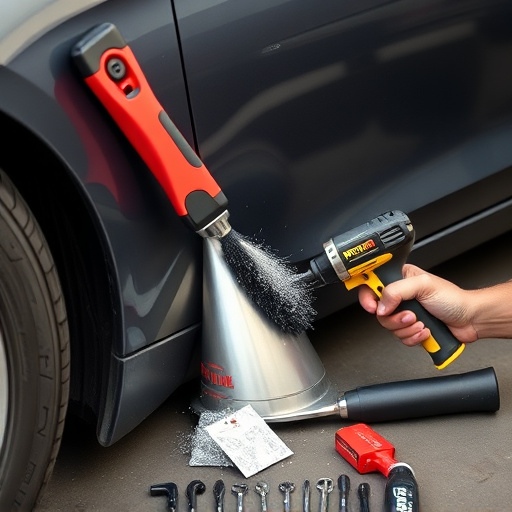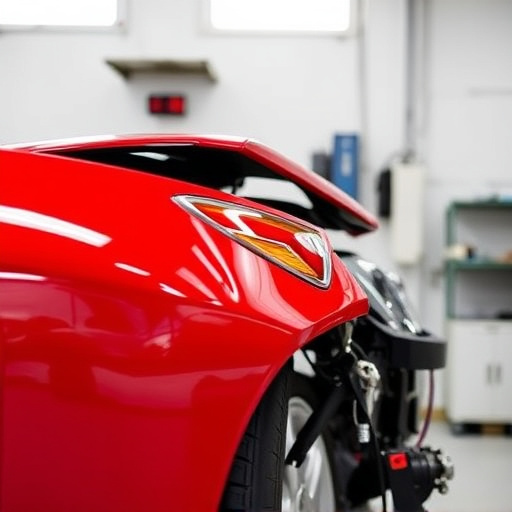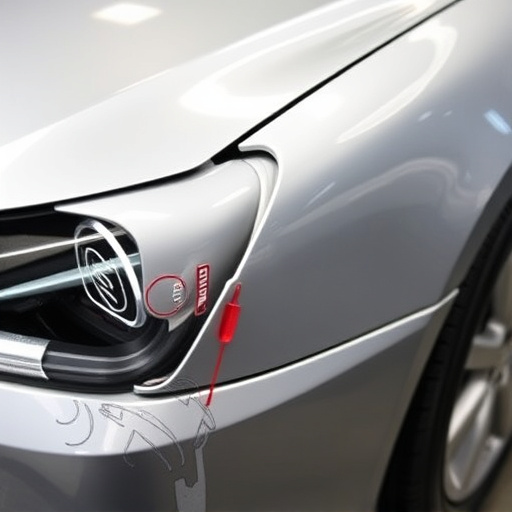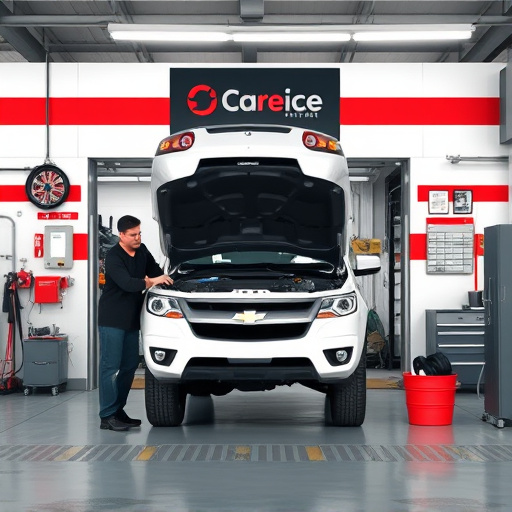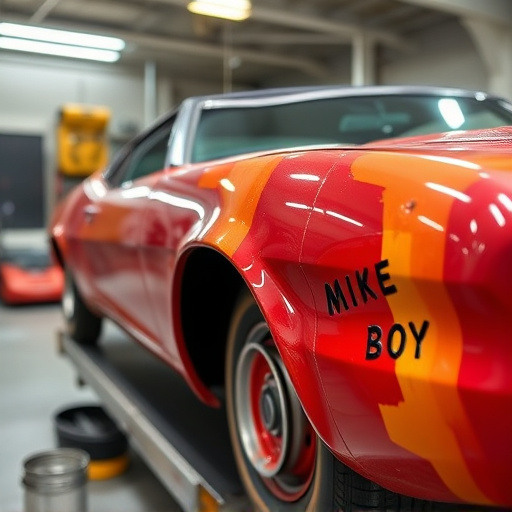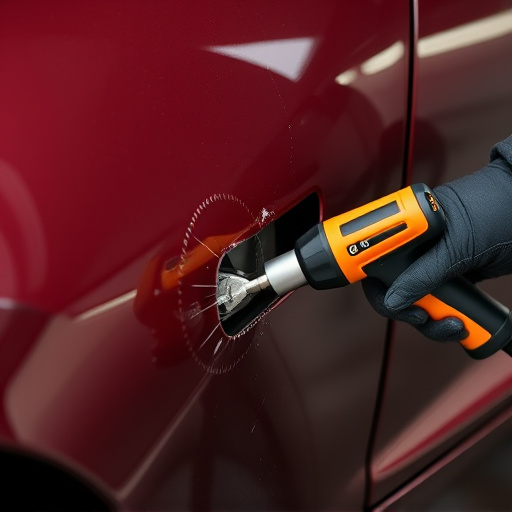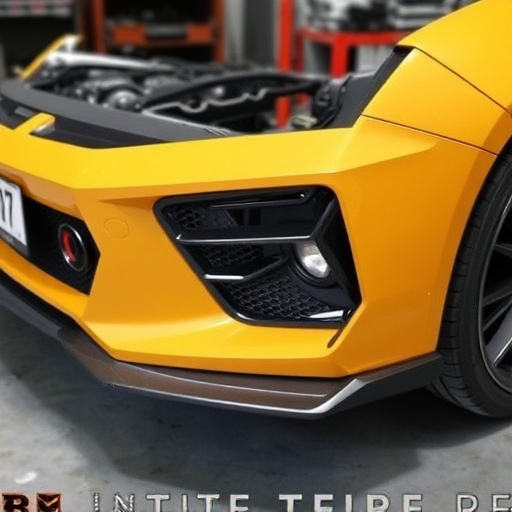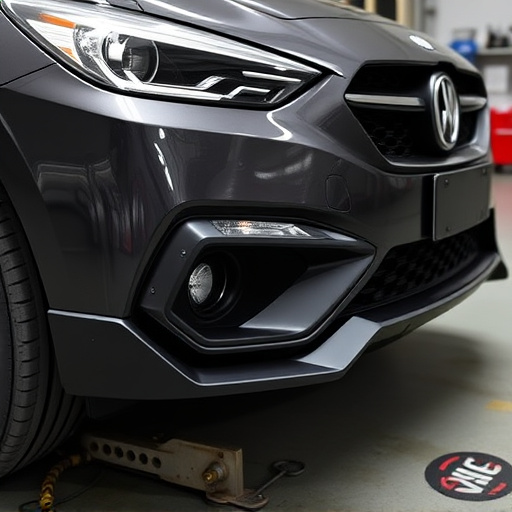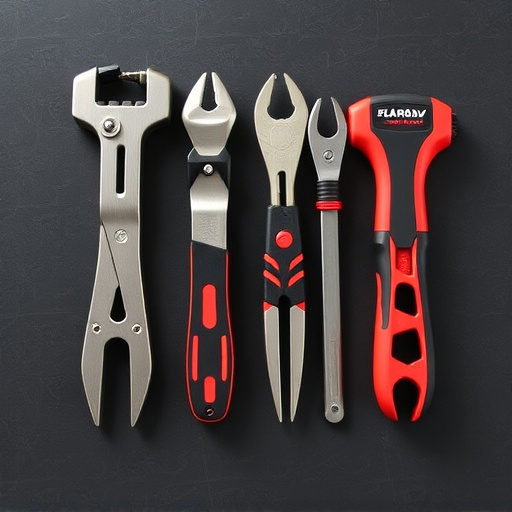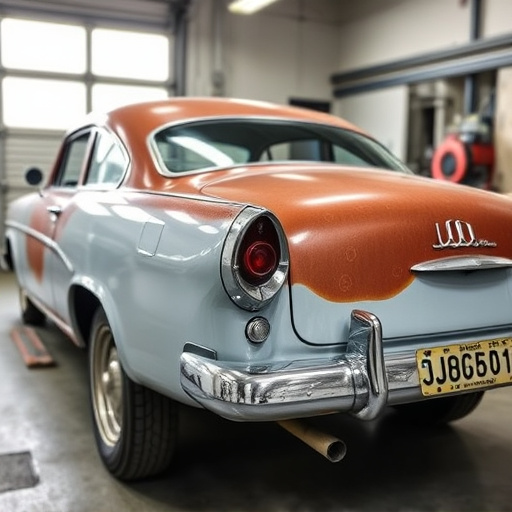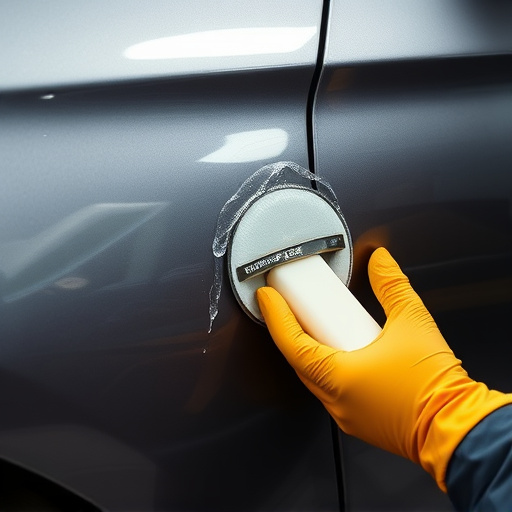Professional Detailing Restoration (PDR) is a non-destructive method for collision repair, restoring damaged vehicle bodies to their original condition without compromising structural integrity. By focusing on minor damage like dings and dents, PDR streamlines workflows, reduces costs, and enhances customer satisfaction. Body shops offering PDR services should assess each case individually, determining if repair is cost-effective or if simple washing and wiping is sufficient for light scratches. In the collision repair industry, PDR maximizes efficiency and customer satisfaction through swift on-site dent repairs.
In the realm of collision repair, Professional Detailing Restoration (PDR) offers a unique solution for restoration. This article guides body shops through understanding and implementing PDR effectively. We explore scenarios where light scratches and dents are not worth repairing, emphasizing efficiency in identifying ideal candidates for PDR. By mastering these techniques, body shops can enhance service offerings, maximize productivity, and cater to customers seeking cost-effective restoration without compromising quality.
- Understanding PDR: A Body Shop Perspective
- When Light Scratches and Dents Are Not Worth Repairing
- Maximizing Efficiency: Ideal PDR Candidates
Understanding PDR: A Body Shop Perspective
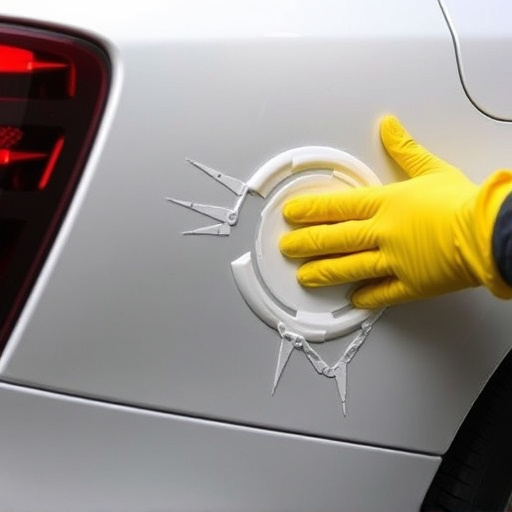
In the realm of collision repair, Professional Detailing Restoration (PDR) stands out as a specialized service that goes beyond conventional repairs. For car body shops, understanding PDR is paramount in offering comprehensive solutions to customers. This technique focuses on restoring damaged vehicle bodies to their original condition, prioritizing non-destructive methods. By employing skilled technicians and advanced tools, PDR can effectively address dings, dents, and even minor crashes without compromising the integrity of the car’s structural components.
From a body shop perspective, integrating PDR into collision repair jobs offers several advantages. It allows for more efficient workflows as it reduces the need for extensive paintwork or costly replacement parts. Moreover, PDR is particularly valuable in fixing bumper repairs and car body restoration, ensuring that vehicles return to their pre-accident condition. This specialized service not only enhances customer satisfaction but also contributes to a shop’s reputation as an industry leader in providing top-tier vehicle care.
When Light Scratches and Dents Are Not Worth Repairing
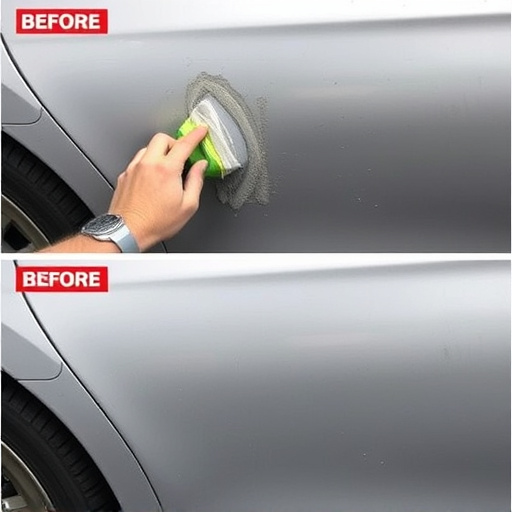
In many cases, light scratches and dents are not worth repairing, especially if they are minor and do not affect the structural integrity of the vehicle. Body shops offering PDR (Paintless Dent Repair) services should assess each damage case individually. A simple scratch or dent that is small in size and depth can often be left alone, as attempting to repair it could lead to further damage or an unsightly finish. These minor imperfections may not impact the car’s overall value or performance, especially for older vehicles or those with custom paint jobs.
Knowing when to skip the repair process is crucial for both customers and auto body shops. For instance, if a dent is deep or located in a high-visibility area like the hood or door panel, it might be more cost-effective to opt for traditional painting methods rather than PDR. Additionally, some scratches or dents may have been caused by debris or road grime, indicating that a simple wash and wipe could effectively remove them without leaving any trace of repair needed.
Maximizing Efficiency: Ideal PDR Candidates
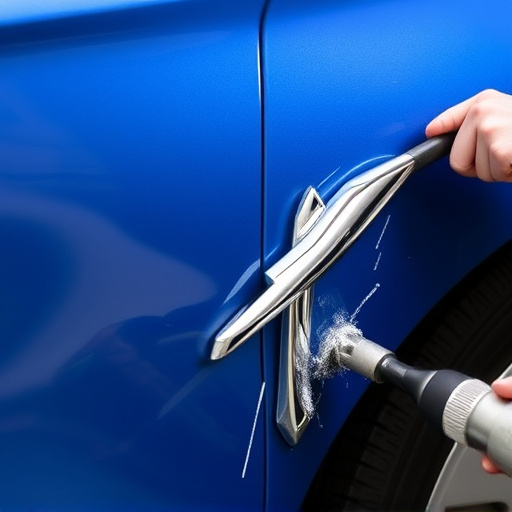
In the realm of collision repair, maximizing efficiency is paramount for both body shops and their customers. When considering PDR (Paintless Dent Repair) as a solution for car dent removal, it’s crucial to identify the ideal candidates who can benefit most from this innovative automotive repair technique. Bodywork services that involve minimal paint damage and shallow dents are prime PDR candidates. These typically include small dings, creases, and minor impacts that don’t require extensive repainting or body panel replacement.
By recommending PDR for these types of collision repair jobs, body shops can offer a swift and cost-effective solution for car bodywork services. Unlike traditional dent removal methods that involve more labor-intensive processes and longer downtime, PDR is a game-changer in terms of efficiency. It allows technicians to perform car dent repairs on-site, reducing the need for customers to wait for extended periods while their vehicles are in for repair. This not only satisfies customer expectations but also ensures a smoother, faster turnaround for automotive repair services.
In conclusion, understanding when to recommend PDR (Paintless Dent Repair) for collision repair jobs is key to enhancing efficiency and customer satisfaction in body shops. By evaluating light scratches and dents, and identifying ideal candidates, body shop professionals can leverage PDR’s benefits to maximize productivity without compromising quality. Adopting this strategy positions body shops as innovative leaders in the industry, offering clients fast, cost-effective solutions while maintaining high standards.
